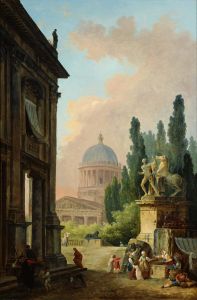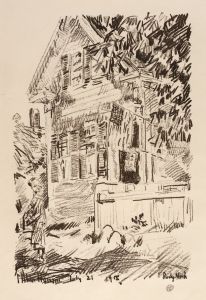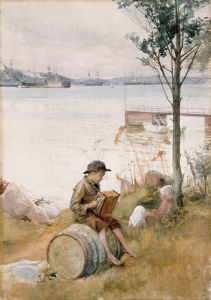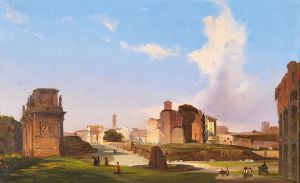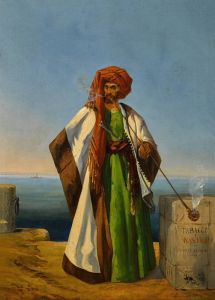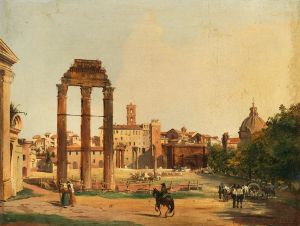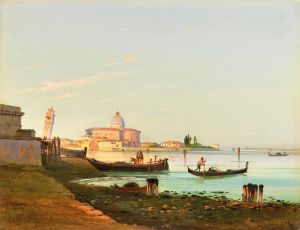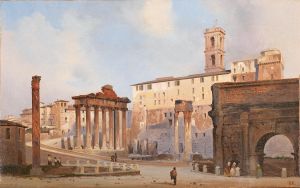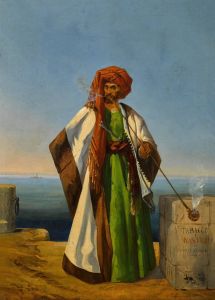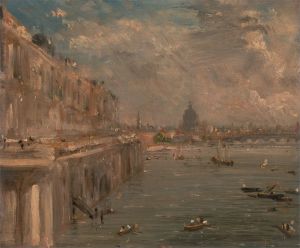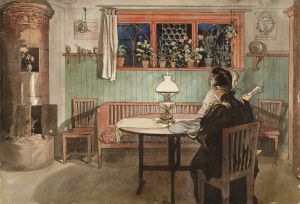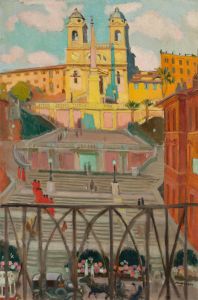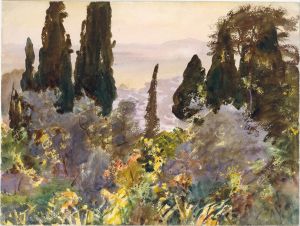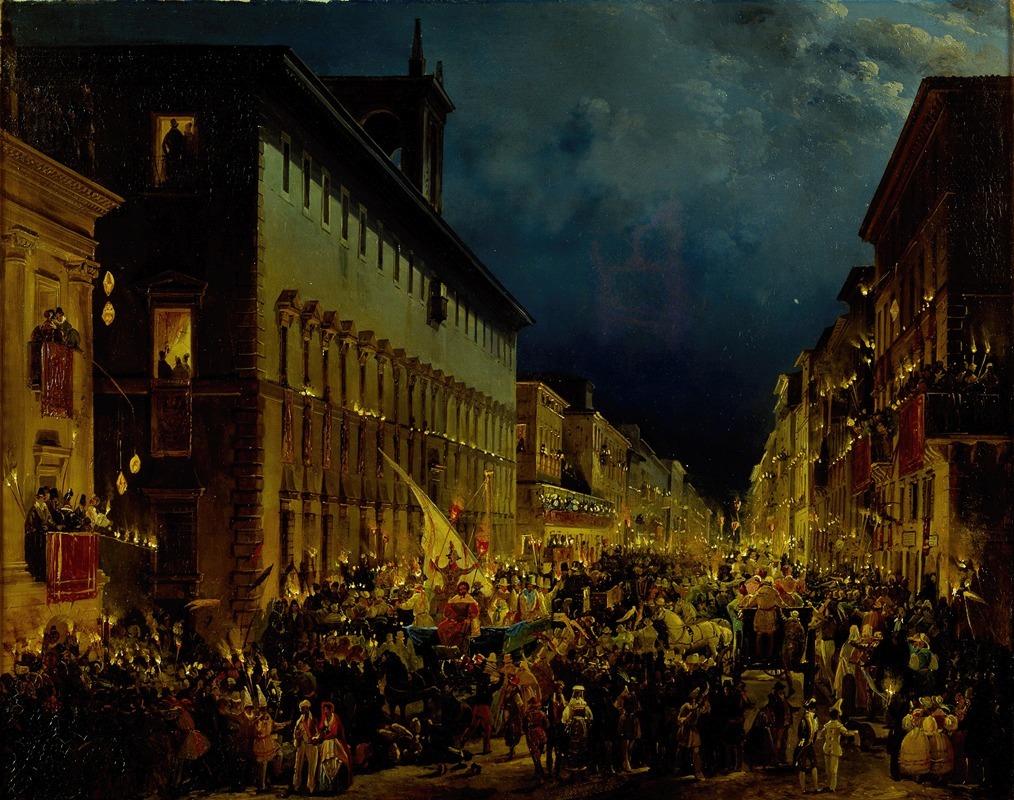
Moccoli Evening In Rome
A hand-painted replica of Ippolito Caffi’s masterpiece Moccoli Evening In Rome, meticulously crafted by professional artists to capture the true essence of the original. Each piece is created with museum-quality canvas and rare mineral pigments, carefully painted by experienced artists with delicate brushstrokes and rich, layered colors to perfectly recreate the texture of the original artwork. Unlike machine-printed reproductions, this hand-painted version brings the painting to life, infused with the artist’s emotions and skill in every stroke. Whether for personal collection or home decoration, it instantly elevates the artistic atmosphere of any space.
Ippolito Caffi (1809-1866) was an Italian painter known for his atmospheric cityscapes and landscapes, particularly those depicting Venice and Rome. One of his notable works is "Moccoli Evening in Rome," which captures the vibrant and festive atmosphere of the Moccoletti celebration during the Roman Carnival.
The Roman Carnival was a significant event in 19th-century Rome, characterized by various public festivities, masquerades, and street performances. The Moccoletti, or Moccoli, was a specific event that took place on the last evening of the carnival. During this event, participants would light small candles (moccoli) and attempt to extinguish others' candles while protecting their own, creating a lively and chaotic scene filled with light and movement.
"Moccoli Evening in Rome" exemplifies Caffi's skill in capturing the interplay of light and shadow, as well as his ability to convey the dynamic energy of urban life. The painting likely depicts a bustling Roman street filled with people engaged in the Moccoletti festivities. The flickering candlelight illuminates the scene, casting a warm glow on the participants and the surrounding architecture.
Caffi's work is characterized by his keen observation and meticulous attention to detail. He often employed a combination of precise draftsmanship and a loose, expressive brushwork to create a sense of immediacy and realism in his paintings. In "Moccoli Evening in Rome," these techniques are evident in the way he renders the figures and the play of light, capturing the essence of the event and the atmosphere of the city.
Ippolito Caffi was born in Belluno, Italy, and received his artistic training in Venice. He was influenced by the Venetian tradition of vedutismo, a genre of painting that focuses on detailed and accurate depictions of cityscapes. Caffi's works often reflect his travels and his fascination with different urban environments. His paintings of Venice, Rome, and other cities are celebrated for their vivid portrayal of everyday life and their atmospheric quality.
Throughout his career, Caffi participated in various exhibitions and garnered recognition for his work. However, his life was cut short when he died in 1866 during the Battle of Lissa, a naval engagement between the Austrian Empire and the Kingdom of Italy. Despite his untimely death, Caffi's legacy endures through his evocative paintings, which continue to be appreciated for their artistic merit and historical significance.
"Moccoli Evening in Rome" remains an important example of Caffi's oeuvre, showcasing his ability to capture the spirit of a place and a moment in time. The painting not only provides a glimpse into the cultural traditions of 19th-century Rome but also highlights Caffi's mastery of light and composition, making it a valuable piece in the study of Italian art history.





